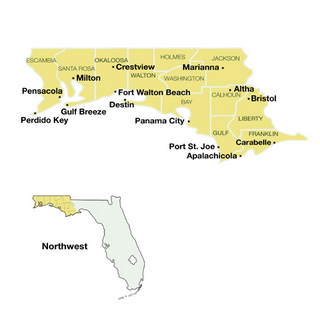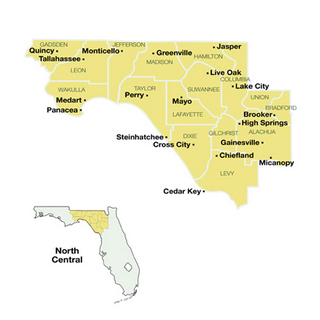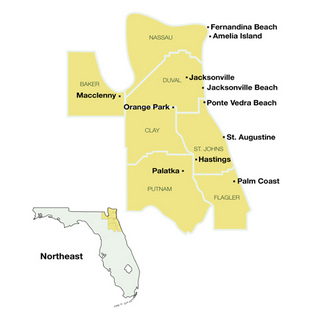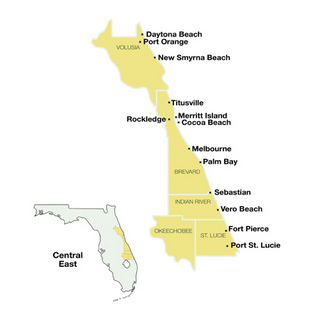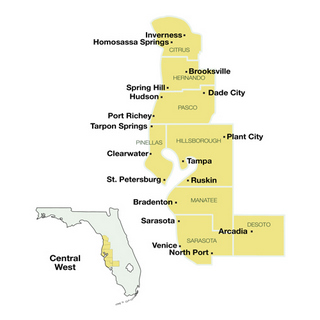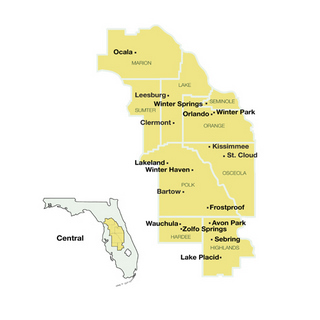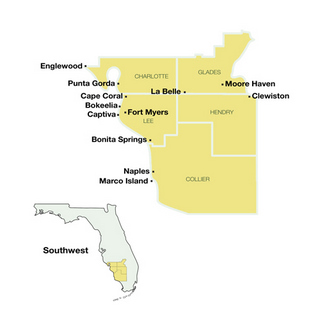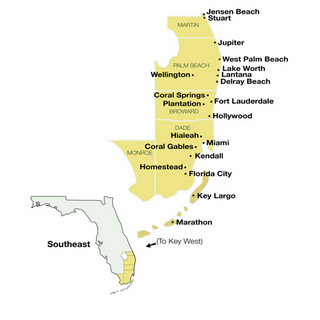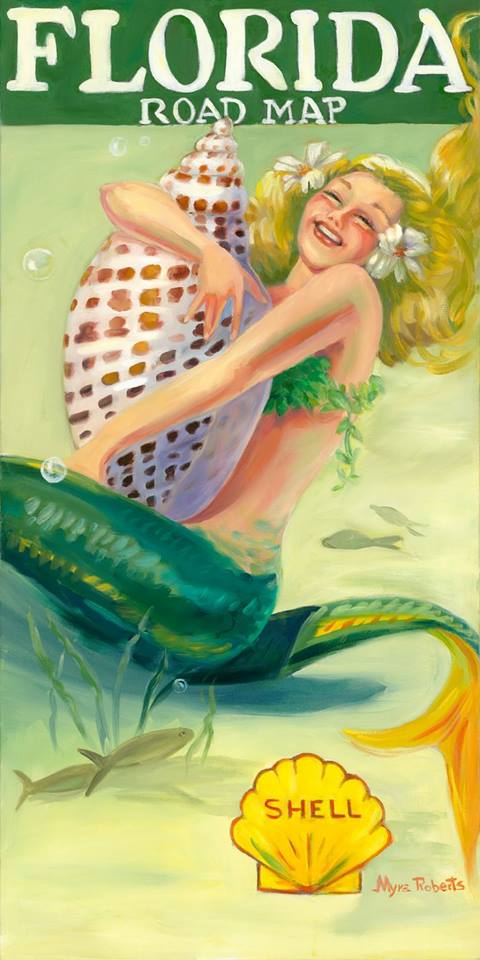- Home
- Florida History
- Florida Heritage Sites
- Florida Regional History
FLORIDA REGIONAL
HERITAGE AND HISTORY
By Mike Miller Updated August 21, 2023
Each of Florida's 8 geographic regions has its own interesting heritage and history. These pages tell you about that history and also show you the registered historic and heritage sites in that region listed by county.
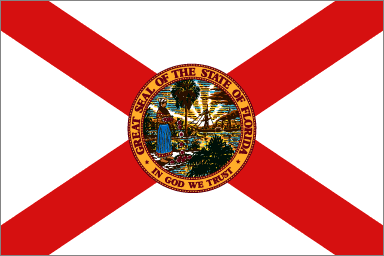 Flag of the State of Florida
Flag of the State of FloridaFlorida has 1,300 heritage sites spread out over 67 counties. The state organizes these by theme of the site as well as the county it is located in. Here are the 23 themes:
- Archaeological Sites
- Cemeteries and Mausoleums
- Civic and Social Clubs
- Commercial and Industrial
- Educational Facilities and Campuses
- Florida Main Streets
- Gardens
- Heritage Trails
- Historic Attractions
- Historic Bridges and Spans
- Historic Districts
- Historic Movie Theaters
- Libraries and Archives
- Maritime
- Markers and Monuments
- Municipal Buildings
- Museums
- National Historic Landmarks
- Parks, Preserves, and Sanctuaries
- Performing Arts
- Sites of Military Significance
- Sites of Religious Significance
- Transportation
Click on the map below of the region whose history you'd like to know. You will also see a complete list of that region's heritage sites.
THE 8 GEOGRAPHIC REGIONS OF FLORIDA
NORTHWEST FLORIDA
Northwest Florida heritage and history are all around you as you travel through miles of mainly rural country, pine woods, and some of the most beautiful sand beaches in the world.
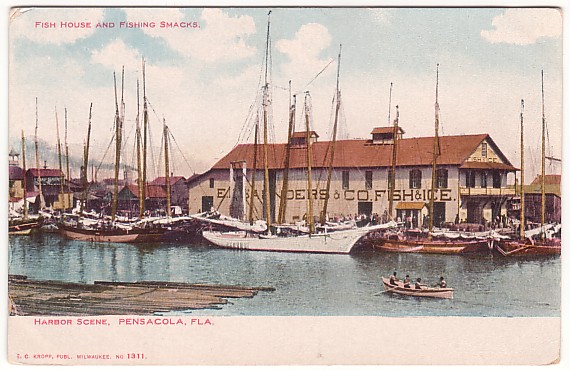
READ MORE ABOUT NORTHWEST FLORIDA
HERITAGE AND HISTORY
NORTH CENTRAL FLORIDA
North Central Florida heritage and history will be your constant companion as you travel from Monticello near the Georgia border, to Tallahassee, Gainesville and Cedar Key.
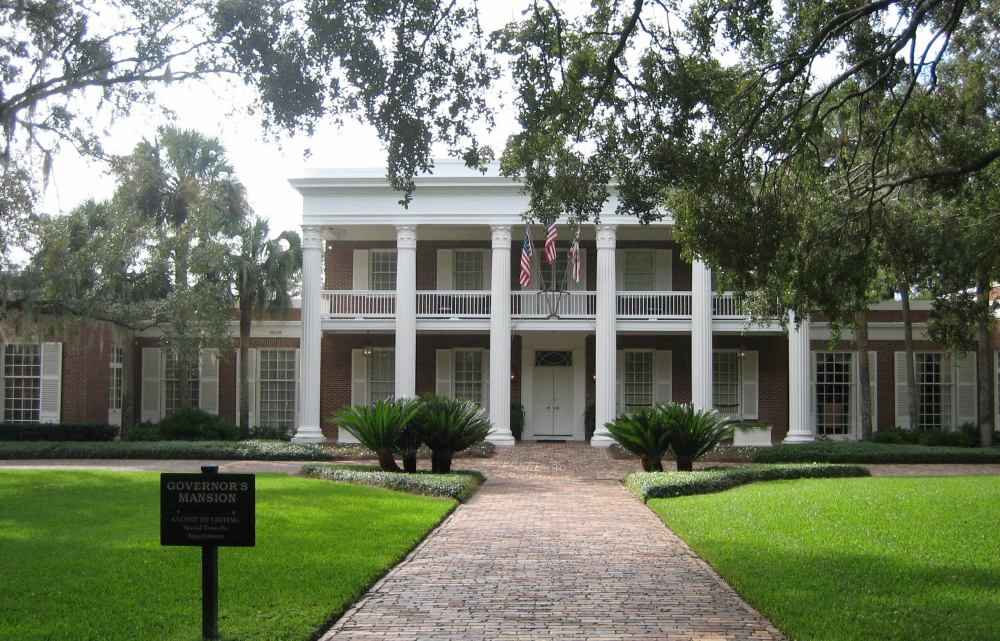 Tallahassee Florida Governors Mansion
Tallahassee Florida Governors MansionREAD MORE ABOUT NORTH CENTRAL FLORIDA
HERITAGE AND HISTORY
NORTHEAST FLORIDA
Northeast Florida heritage and history is unique and will be on your mind as you drive the beautiful beaches and old towns.
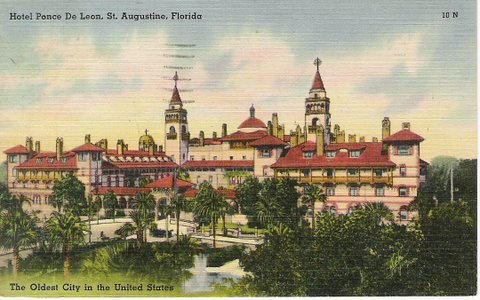 Vintage Postcard Hotel Ponce de Leon
Vintage Postcard Hotel Ponce de LeonREAD MORE ABOUT NORTHEAST FLORIDA
HERITAGE AND HISTORY
CENTRAL EAST FLORIDA
Central East Florida heritage and history is an intriguing blend of Old Florida and the high tech space age.
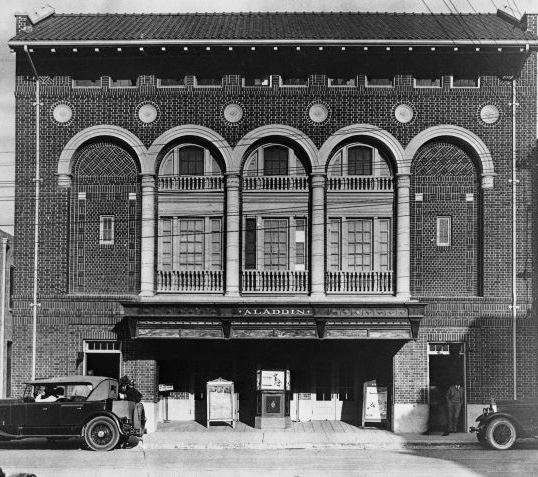 Cocoa Village Playhouse
Cocoa Village PlayhouseREAD MORE ABOUT CENTRAL EAST FLORIDA HERITAGE AND HISTORY
CENTRAL FLORIDA
Central Florida heritage and history begins with the early native Americans who dwelled in the area 12,000 years ago.
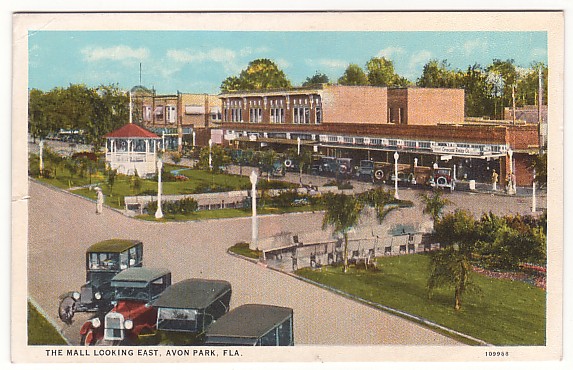 Avon Park Mall Vintage Postcard
Avon Park Mall Vintage PostcardREAD MORE ABOUT CENTRAL FLORIDA
HERITAGE AND HISTORY SITES
CENTRAL WEST FLORIDA
Central West Florida heritage and history begins with the early native Americans who dwelled in the area 12,000 years ago.
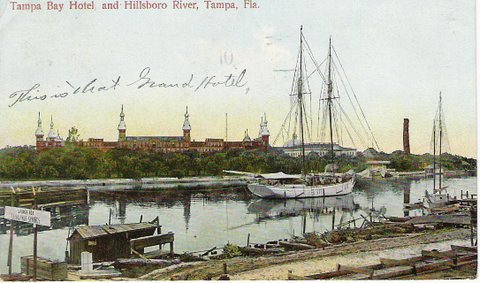 Hillsborough River in Tampa
Hillsborough River in TampaREAD MORE ABOUT CENTRAL WEST FLORIDA
HERITAGE AND HISTORY
SOUTHWEST FLORIDA
Southwest Florida heritage and history begins with the early native Americans, the Calusa, who lived in the area 12,000 years ago.
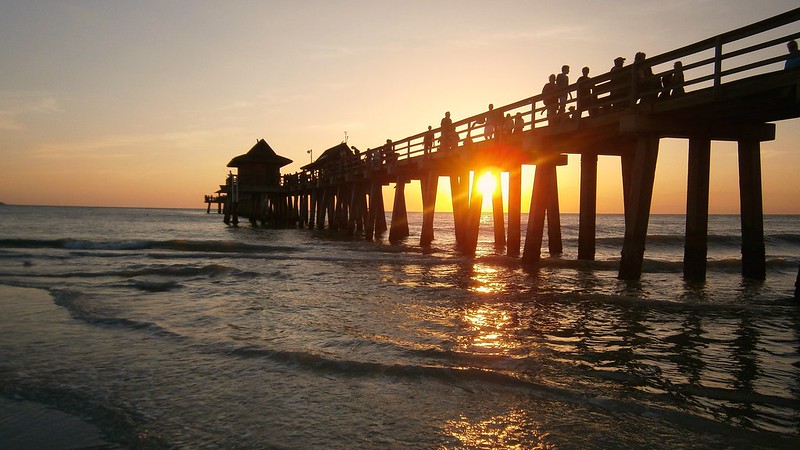 Naples Pier at Sunset
Naples Pier at SunsetREAD MORE ABOUT SOUTHWEST FLORIDA
HERITAGE AND HISTORY
SOUTHEAST FLORIDA
Southeast Florida history has been shaped by many cultures and characters. Thousands of years ago, the Tequesta tribe of Indians lived on Biscayne Bay in what are now Miami-Dade County and south Broward County.
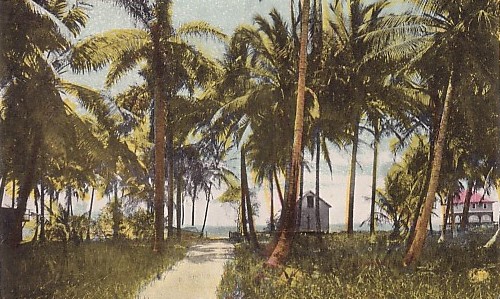 Vintage Postcard Miami Yacht Club
Vintage Postcard Miami Yacht ClubREAD MORE ABOUT SOUTHEAST FLORIDA
HERITAGE AND HISTORY

Florida is the fastest-growing state in the United States and also the fastest-changing. If you see anything in this article that has changed or is in error, please let me know.
Thousands of Florida fans subscribe to our free daily Ezine, Florida Heritage Travel and we have 130,000 followers on Facebook.
By Mike Miller, Copyright 2009-2025
Florida-Back-Roads-Travel.com
Florida Back Roads Travel is not affiliated with or endorsed by Backroads, a California-based tour operator which arranges and conducts travel programs throughout the world.
